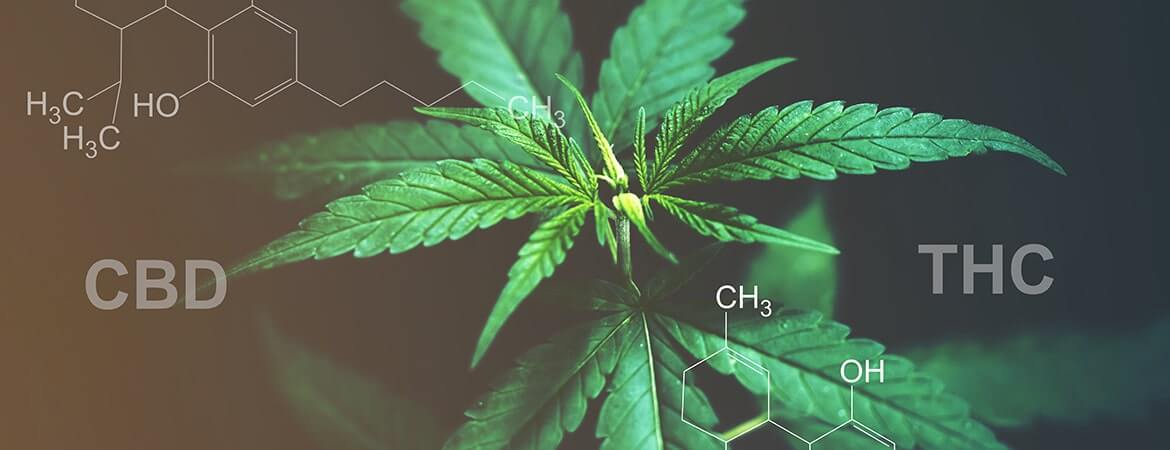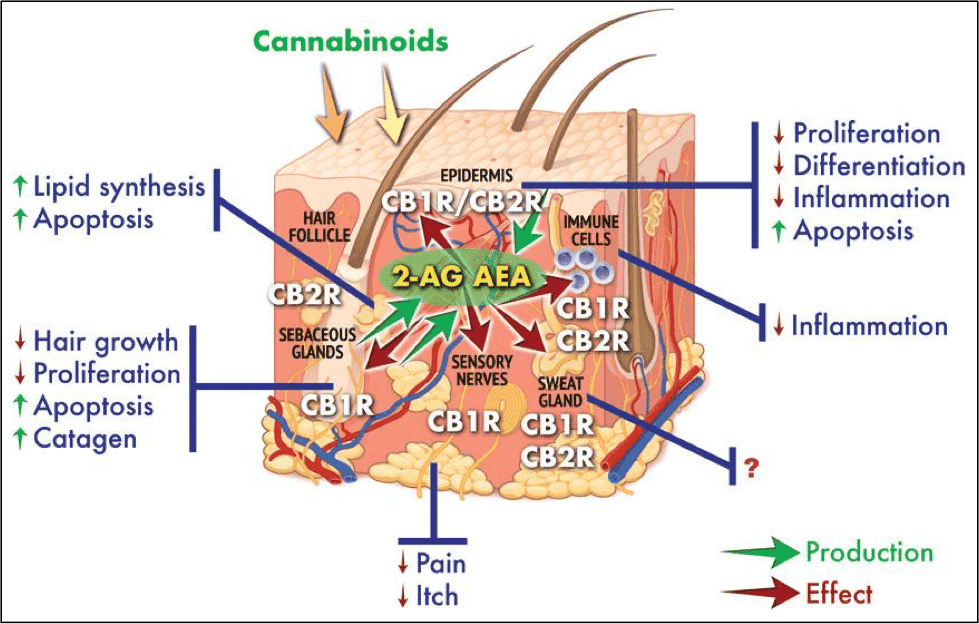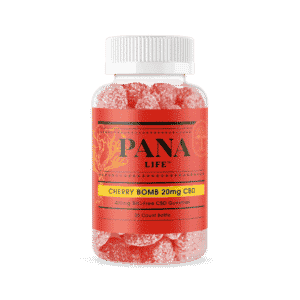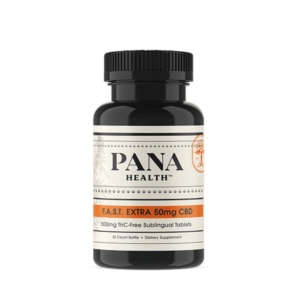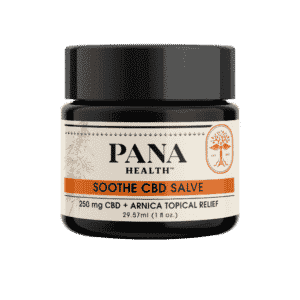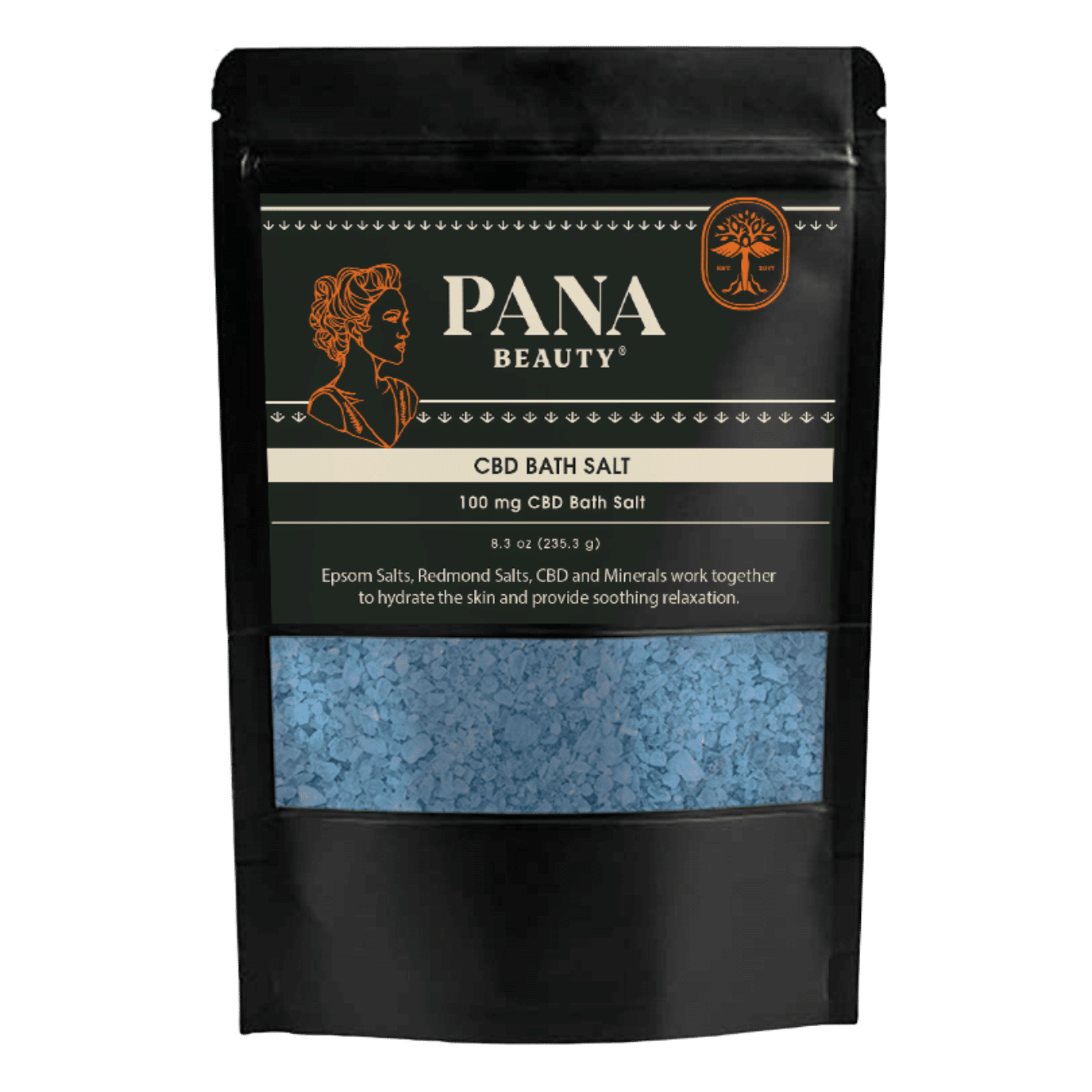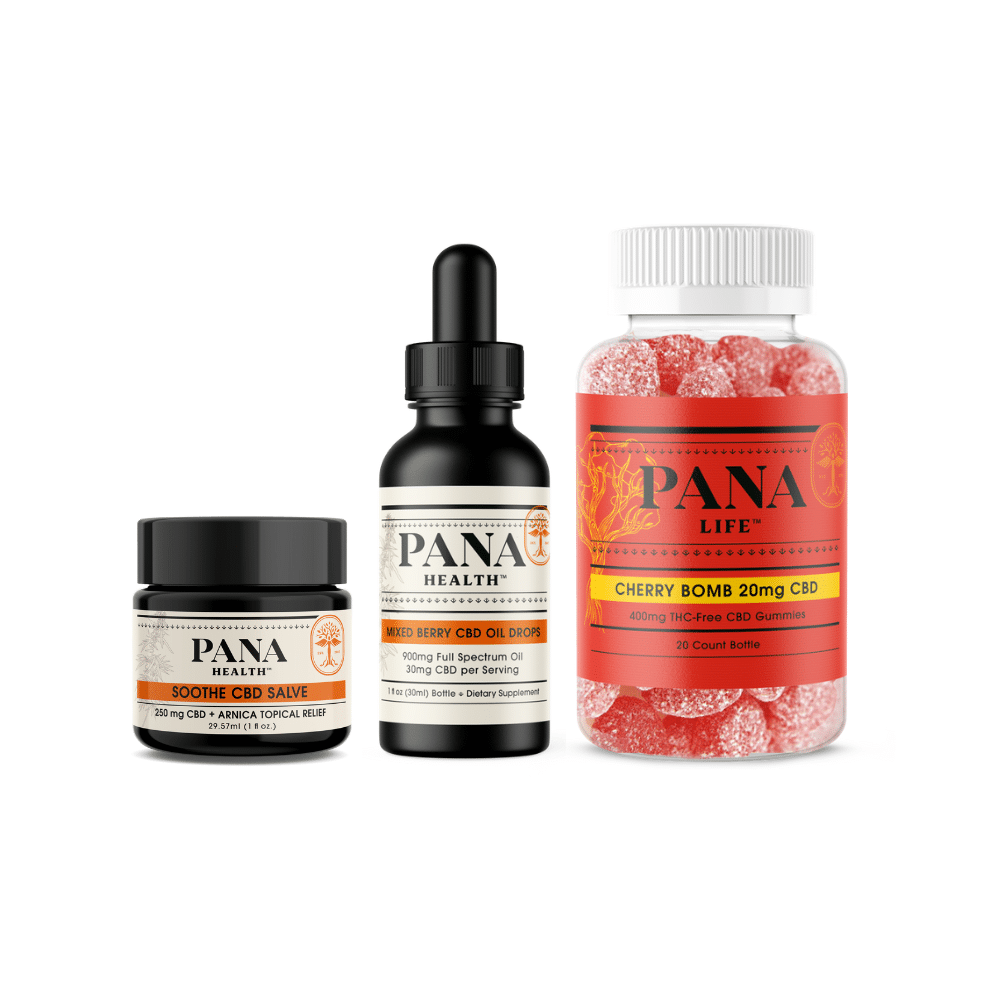Panacea Life Sciences’ Cannabinoid Research Center (CRC) at Colorado State University (CSU) celebrates its first year of operation this month. With a mission of performing research to solve important industry issues and to better understand how cannabinoids work in the body, the center has made remarkable progress in its inaugural year. The CRC, established through collaboration between CSU and Panacea Life Sciences, consists of analytical chemistry and preparative chemistry technologies crucial for detection and purification of cannabinoids. Using these technologies, the CRC is able to remove common contaminants from hemp products, purify low concentration cannabinoids, and to support clinical studies.
The Center’s activities are coordinated by Boettcher Investigator Professor Melissa Reynolds with operations led by Jamie Cuchiaro, a Ph.D. candidate who will matriculate next month! A year ago, the CRC was a concept consisting of a new laboratory in the Colorado State University’s College of Natural Sciences and equipment still packed into crates. Over the last 12 months the laboratory has been extremely productive through initial analytical research and supporting numerous clinical studies in both dogs and humans.
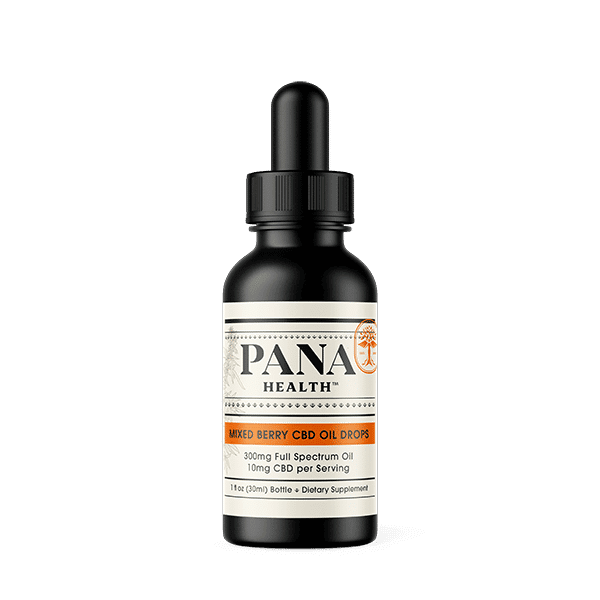
Solving Industry Issues
Cannabis sativa L., or industrial hemp, is a cannabis plant strain specifically bred to contain low concentrations of tetrahydrocannabinol (THC) — less than 0.3%. THC is the psychogenic cannabinoid that causes the high associated with marijuana use. Due to its low propensity for inebriation and large economic impact to farmers and the health and wellness industries, industrial hemp was only recently legalized in the 2018 Farm Bill. The hemp plant is a hyperaccumulator, meaning trace elements in the soil in which the plant is grown, such as heavy metals, pesticides, and others, are readily absorbed in the plant, potentially contaminating hemp oil and rendering the material unusable. Pesticide contamination is a common issue with hemp growers. Although growers may use organic farming practices, a neighboring corn field sprayed with pesticides using a crop duster may drift the pesticide over the hemp field and be enough to result in substantial pesticide contamination. Using analytical techniques, graduate student, Jamie Cuchiaro has developed a method for complete removal of commonly used pesticides to remediate contaminated hemp oil to produce a safe and usable hemp product. This work has been submitted for publication to the Journal of Cannabis Research in August of this year.

-
Sale!
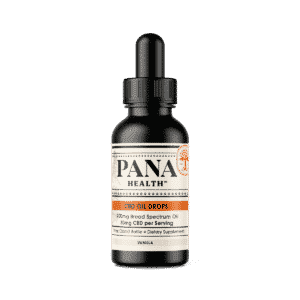
CBD Oil Drops (Broad Spectrum)
$19.95From: $11.97 Select options This product has multiple variants. The options may be chosen on the product page -
Sale!

Soothe 1000 mg CBD Salve Full Spectrum
Original price was: $49.95.$35.95Current price is: $35.95. Add to cart -

Full Spectrum CBD Gummies TO-GO Pack
$6.95 Add to cart
Sustainability and Access to Minor Cannabinoids
The Cannabis plant has an incredibly rich chemical profile containing over 500 unique chemicals identified and over 120 cannabinoids. Of the cannabinoids, the best known due to their elevated expression in the plant, are CBD and THC. CBD, a non-psychogenic cannabinoid, is becoming commonly used by the health and wellness industry primarily as an anti-inflammatory. Each of the other 118 cannabinoids are anticipated to have unique and beneficial health benefits. The issue is determining how to obtain sufficient quantities and purity of the low concentration (minor) cannabinoids as they are present at less than 1% in hemp extracts.
One solution to obtaining sufficient quantities of minor cannabinoids has been developed in a collaboration between Panacea Life Sciences and the CRC. The process of distilling crude hemp oil into CBD distillates creates a byproduct mixture of fats, waxes, starches, and other components of the hemp plant that has the consistency and appearance of road tar. Typically, this material is thrown away to enter the waste stream. As a member of Colorado’s Environmental Leadership Program, Panacea wanted to find another use of this distillate byproduct by repurposing the material. In closer examination of the byproduct, the CRC determined that there are substantial minor cannabinoids such as cannabidivarin (CBDV), Cannabichromene (CBC), Cannabicyclol (CBL), and Cannabielsoin (CBE). The technology in the center will allow the group to further study these cannabinoids to better understand how these rare cannabinoids function in the body. This application of the CRC technology not only allows for access to these low abundance cannabinoids but also provides a solution to assist Panacea in attaining its sustainability goals by decreasing waste streams.
Supporting Clinical Trials
Two of the most common questions facing the industrial hemp industry are, what health benefits are provided by cannabinoids, and what concentrations/doses are needed to see health improvements? Although almost all CBD companies claim that CBD heals everything from Alzheimer’s to yeast infections, there is no guidance on dosing or really any concrete evidence that CBD does in fact help improve specific health conditions. Additionally, such companies also do not assert the measurement of how much CBD gets into the body to produce the stated effect. In order for a dietary supplement or drug to have effect in the body, a specific amount needs to be absorbed into the body. Cannabinoids, when taken orally, have very low bioavailability, meaning that less than 10% of the consumed dose will be absorbed into the body. Furthermore, the variability in bioavailability from one person to another can depend on whether cannabinoids are better absorbed when taken with or without food, individual genetics, and the dose form of the cannabinoid (edible, softgel, tablet, vape, liquid tincture, etc.). Taken together, this creates a confusing situation where cannabinoids such as CBD may work for some people and not others.
To gain further insight on cannabinoid activity, Panacea and the CRC are collaborating to launch specific clinical trials in several areas. Each study is supported by determination of the level of cannabinoids in the blood stream which will greatly improve the understanding of how cannabinoids as dietary supplements may provide health benefits. The first two studies have launched this year (2022):
- In collaboration with Dr. Stephanie McGrath and Dr. Julie Moreno, to examine CBD effects in a translational model of Alzheimer’s disease. In this study, performed in aged dogs that have cognitive impairment very similar to human AD, not only will CBD be evaluated for ability to slow disease progression, but will be one of the first studies to correlate how much consumed CBD enters the brain.
- In collaboration with Dr. Larry Good, a practicing gastroenterologist in New York, Panacea and the CRC have launched an open label study evaluating CBD and CBG for effects on irritable bowel syndrome, a condition affecting over 30 million American with no proven treatment.
The studies with doctors McGrath, Moreno, and Good, illustrate additional progress of the CRC to serve as a foundation for collaboration both within CSU as well as with other physicians and institutions. Additional collaborations in progress include that of Dr. Hollis Karoly (CSU) to explore CBD effects on anxiety and to support Dr. Karoly’s work on alcohol addiction, as well as with Camille Hoffman-Shuler at CU Anschutz to study the ability of cannabinoids to improve chronic pelvic pain and vulvodynia, a large unmet medical need in women’s health.
Looking Ahead
The CRC is actively working on expanding collaborations to progress research on various cannabinoids with a focus on improving health and addressing unmet medical needs. Collaborations to evaluate cannabinoids’ effects on various conditions, including exercise performance and recovery, gout, and even Post Traumatic Stress Disorder (PTSD), are underway. Panacea and the CRC also plan to work on improving methods for detecting cannabinoids as well as launching clinical studies for gout, eczema, rosacea, and acne, among others.
The progress made in the past year by the CRC has been tremendous and the future is extremely bright. With continued teamwork and direct studies, the CRC is poised to make even more revolutionary contributions to understanding how cannabinoids influence health and refining which conditions and doses are required for positive effects. Progress of the CRC will be posted as publications are submitted or clinical studies are completed on both the Colorado State University Panacea Life Sciences Cannabinoid Research Center webpage and at panacealife.com.
For any questions or comments, please reach out to [email protected].


